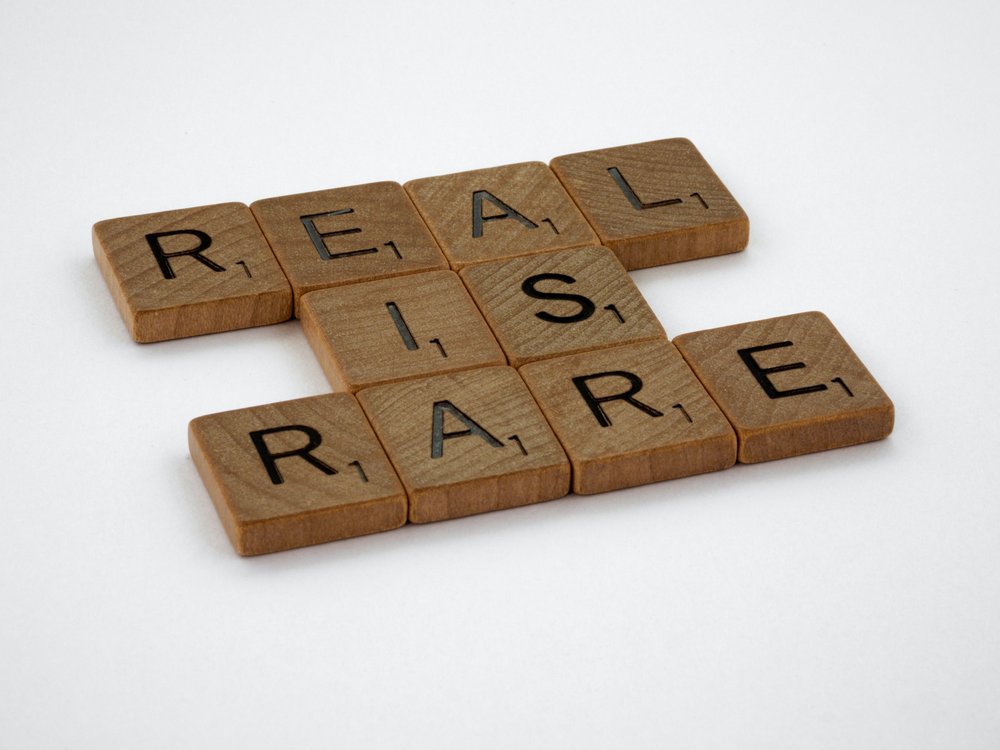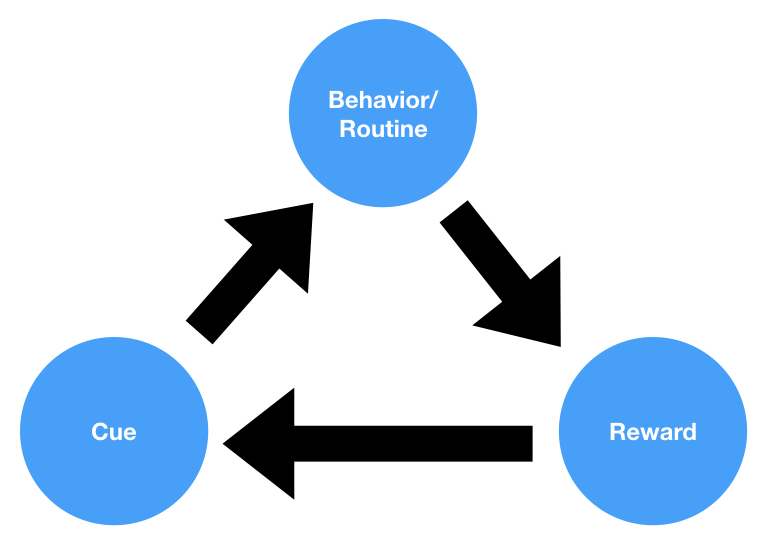What is Gamification?
Gamification is the application of game design elements and principles to non-game contexts, such as education, marketing, and workplace productivity. The primary goal of gamification is to motivate and engage individuals by incorporating elements such as points, badges, leaderboards, challenges, and rewards, which tap into people’s intrinsic desires for achievement, competition, and social interaction. By leveraging these game mechanics, gamification seeks to make traditionally mundane tasks more enjoyable and engaging, ultimately leading to improved outcomes, increased participation, and enhanced user experiences. In the context of behavioral science, gamification is used to promote desired behaviors, facilitate learning, and foster habit formation.
Examples of Gamification
-
Health and Fitness Apps
Many health and fitness apps incorporate gamification elements, such as points, levels, and achievements, to motivate users to exercise regularly, track their progress, and maintain a healthy lifestyle.
-
Language Learning
Language learning platforms like Duolingo use gamification techniques, including quizzes, streaks, and rewards, to engage users and make the learning process more enjoyable and effective.
-
Employee Training
Companies can use gamification to enhance employee training programs by incorporating elements like quizzes, simulations, and interactive scenarios, which improve knowledge retention and encourage active participation.
-
Customer Loyalty Programs
Retailers and service providers can use gamified loyalty programs, offering points, badges, and rewards, to incentivize customers to make repeat purchases and engage with the brand.
Shortcomings and Criticisms of Gamification
-
Overemphasis on Extrinsic Motivation
Gamification often relies on extrinsic motivators, such as points and rewards, which may overshadow intrinsic motivation and lead to decreased long-term engagement once the extrinsic rewards are removed.
-
Superficial Engagement
Some critics argue that gamification can result in superficial engagement, where individuals focus on completing tasks to earn points or rewards rather than genuinely engaging with the content or developing a deeper understanding of the subject matter.
-
One-Size-Fits-All Approach
Gamification may not be equally effective for all individuals, as personal preferences and motivations can vary widely. Implementing a one-size-fits-all approach may fail to address the unique needs and desires of different users.
-
Implementation Challenges
Designing and implementing effective gamification strategies can be resource-intensive and require a deep understanding of both game mechanics and the specific context in which they are applied. Poorly designed gamification systems may fail to achieve the desired outcomes or even produce unintended consequences.




